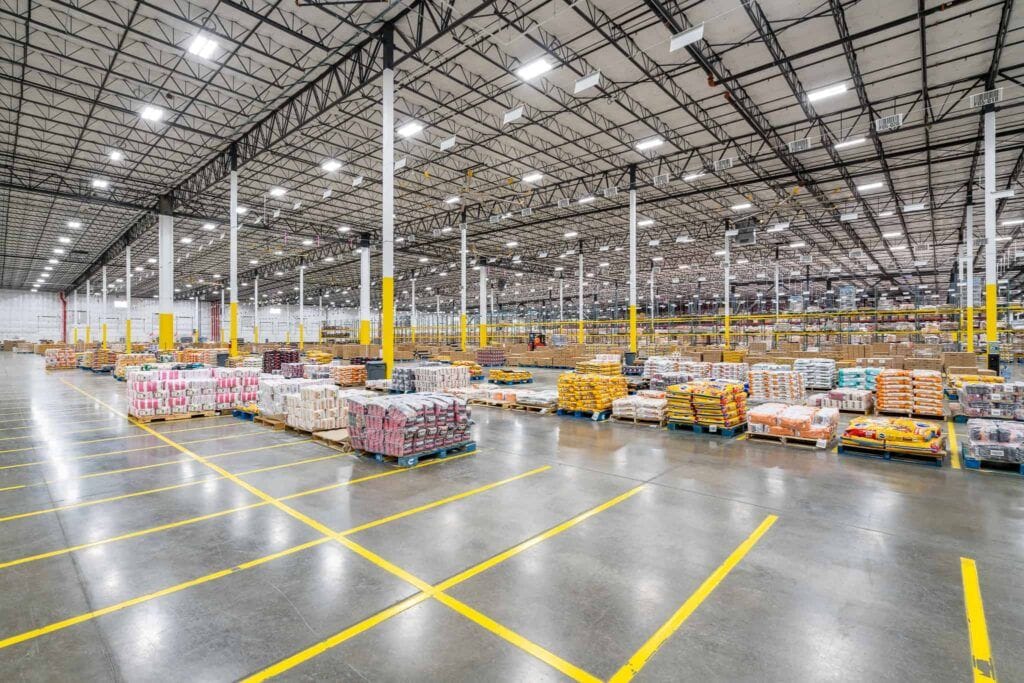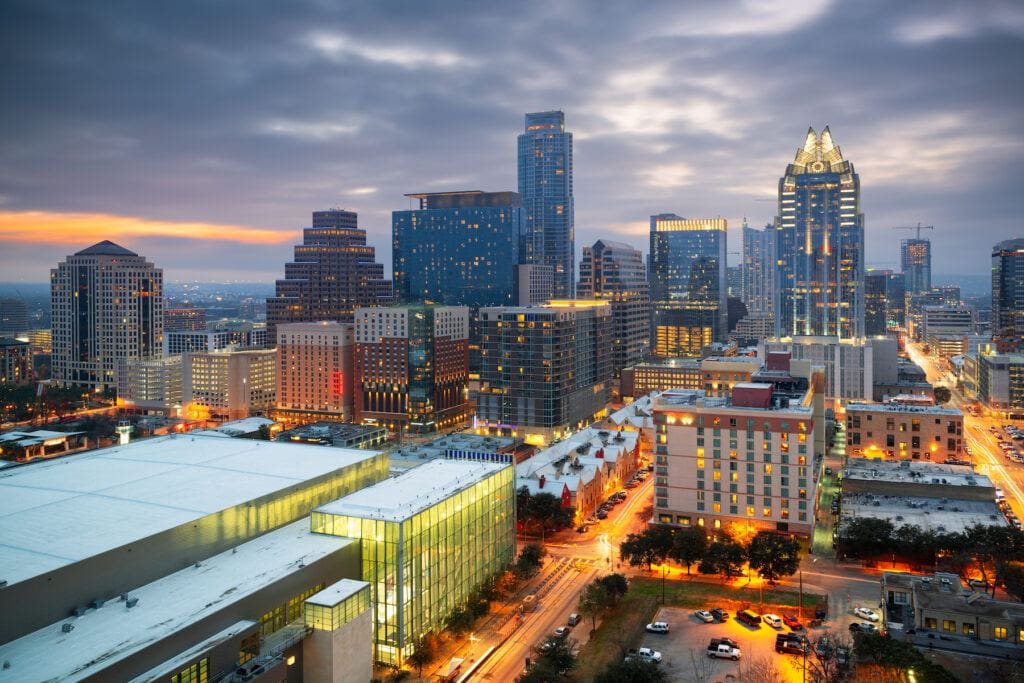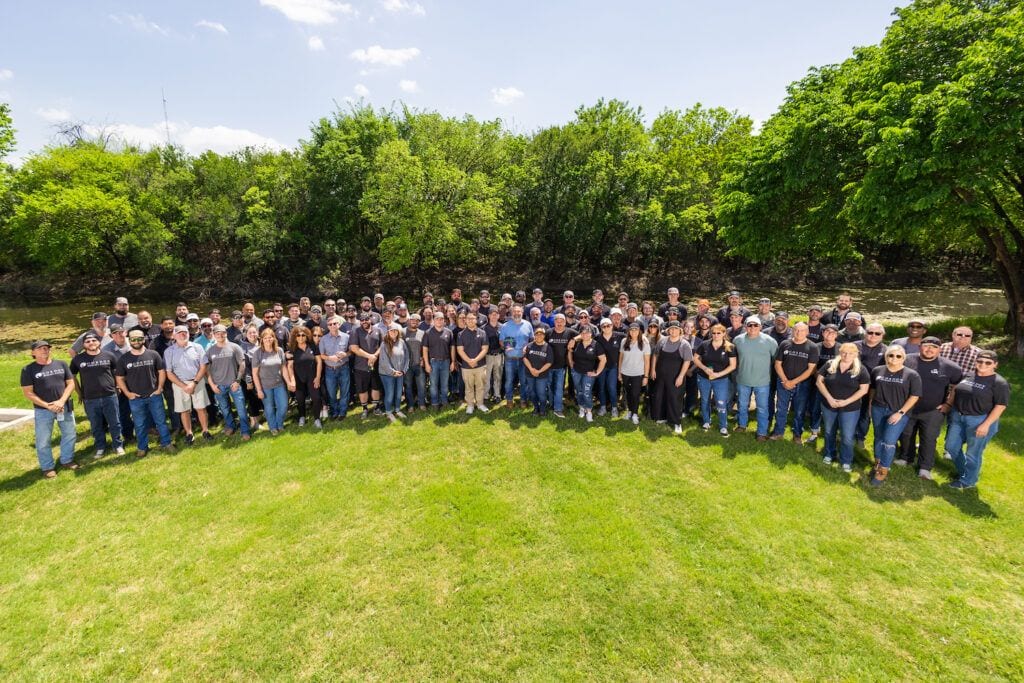The industrial construction market in Texas is booming. With major projects underway, tremendous growth is advancing the industry. But some challenges come with this success, from needing new talent in order to stay competitive to facing the headwinds of an ever-changing economy.
In this article, we’ll explore the year-end review of 2022, challenges in 2023, and how to prepare for the future of the industry in Texas.
Year-end Review of 2022
The industrial construction market has undergone significant changes in the last three years, particularly since the onset of the COVID-19 pandemic. Before the pandemic, inventory was considered a negative aspect of the market, but with the pandemic came an increased demand for e-commerce and home delivery, leading to a surge in the industrial construction market.
Currently, in the Dallas-Fort Worth area, there are 76 million square feet of industrial construction projects underway. This is an unprecedented number highlighting the growth and expansion of the industrial market. In the past, industrial buildings were simple structures with limited design options, but now, industrial buildings have become more sophisticated and incorporate Class A office spaces. This trend is beneficial for contractors as it allows them to showcase their expertise in both sectors and allows for the combination of office and industrial spaces.

The combination of office and industrial spaces allows for more efficient use of resources and reduces rental costs. It also allows for office spaces to be closer to urban and suburban areas, reducing the commute for employees.
One of the biggest challenges faced by the industry in the post-COVID era has been the escalation of material prices. However, it is starting to level off, and some materials, such as structural steel and roofing, have returned to pre-pandemic prices. The Federal Reserve’s raising of interest rates helped stabilize material prices.
The market is booming and continues to evolve, with a trend towards sophisticated and Class A industrial buildings that incorporate office spaces. Despite some challenges, the market is going to continue growing.
Upcoming Challenges in 2023
The industrial construction market in Texas is currently experiencing a period of growth and expansion, driven by the thriving oil and gas industry and the increasing demand for warehouses and distribution centers in the e-commerce sector. However, developers are beginning to slow down on new construction projects as they determine where the market is headed and where interest rates are going. Despite this slowdown, the pipeline for next year is strong.
Texas’s population, particularly Central Texas, is growing exponentially, leading to an influx of businesses and corporations moving their headquarters and large offices to the area. This has brought a significant increase in tax revenue, which is being used to improve roads and infrastructure. The Austin area is experiencing the most activity in industrial ground-up projects, with major players such as Samsung investing $95 billion in the Taylor Hutto area.

One of the biggest challenges facing the development industry today is the need for more skilled labor. As the older generation of experienced and knowledgeable workers in the industry retires, the gap in experienced professionals is becoming increasingly prevalent. This shortage of skilled labor can lead to delays in projects, increased costs, and a lack of innovation and progress in the industry.
One solution to this problem is to make the trades more attractive to the younger generation by offering higher salaries. This will attract more young people to the industry and help retain experienced workers. Raising salaries can make the industry more competitive and help to bridge the gap between experienced professionals.
Another solution is to invest in resources and training programs that can help develop the younger generation’s skills. By providing the necessary resources and training, the industry can ensure that the next generation of workers is equipped with the skills and knowledge they need to succeed. This can include everything from apprenticeship programs to training in new technologies, such as virtual and augmented reality, which is becoming increasingly important in the industry.
Investing in skilled labor and resources can ensure that the industry continues to grow and evolve. With the right resources and a skilled workforce, the industry will be better equipped to meet the market’s demands and continue to innovate and improve. By addressing the challenge of the shortage of skilled labor, the industry can continue to thrive and be a driving force in the economy.
How to Prepare for the Future of Industrial in Texas
As a developer, it’s crucial to stay informed about the state of the market and interest rates to make informed decisions. While exercising caution is always important, it’s also essential to be proactive and seize opportunities when they arise. This is especially true in times of uncertainty, when the market may be volatile.
One way to approach this is by maintaining a positive outlook and keeping an open mind. Getting caught up in negative thoughts and predictions can be easy, but it’s important to remember that the market is constantly changing, and opportunities can always be found. By focusing on the potential for growth and success, you’ll be better equipped to identify and capitalize on opportunities as they arise.

Additionally, keeping everyone informed and involving them in the decision-making process makes the team members feel more invested and empowered in the project, which can lead to more successful outcomes.
While being cautious in uncertain times is necessary, it is also important to remain proactive and maintain a positive outlook. Developers can make the most of any market conditions by staying informed, keeping an open mind, and fostering a motivated team.
Conclusion
In conclusion, the industrial construction market in Texas is currently experiencing a period of growth and expansion, driven by the increasing demand for warehouses and distribution centers in the e-commerce sector.
Despite some challenges, such as uncertainty about interest rates and a shortage of skilled labor, the market is expected to continue growing in the coming years. Developers are becoming more cautious, but the pipeline for new projects is substantial. The trend towards sophisticated and Class A industrial buildings that incorporate office spaces is becoming more popular, allowing for more efficient use of resources and reducing rental costs.
Texas has been attracting many businesses and corporations moving to the area, particularly in North Texas and Central Texas. This has brought a significant increase in tax revenue, which is being used to improve roads and infrastructure.
The Austin area is experiencing the most activity in industrial ground-up projects, with major players such as Samsung investing $95 billion in the Taylor Hutto area. This influx of companies and population growth drives the demand for more industrial and commercial spaces.
Businesses need to be aware of these challenges and prepare for them to continue growing and evolving in the industrial construction market in Texas. Investing in resources and training can help develop the younger generation’s skills and address the challenge of the shortage of skilled labor.
Businesses should stay informed about the state of the market, the interest rates, and other economic indicators that can impact the industry. By being proactive and maintaining a positive outlook, businesses can capitalize on opportunities and continue to thrive in the industrial construction market in Texas.
About Gordon Highlander
We’re a full-service General Contractor providing construction management services, including design-build and partially- and fully-engineered construction in the commercial industry throughout Texas. We’ve been hyperactive in the industrial market, and we’re excited that our clients have allowed us to lead their projects from the planning stages to the finish out.

We’ve been at the forefront of the market’s growth since 2007. Our team understands every aspect of site development in office interiors, industrial, ground-up construction, and medical, with decades of industry experience and millions of square feet to prove it.
We now serve developers in North, Central, and South Texas, including major markets like Dallas, Austin, San Antonio, and Houston.
